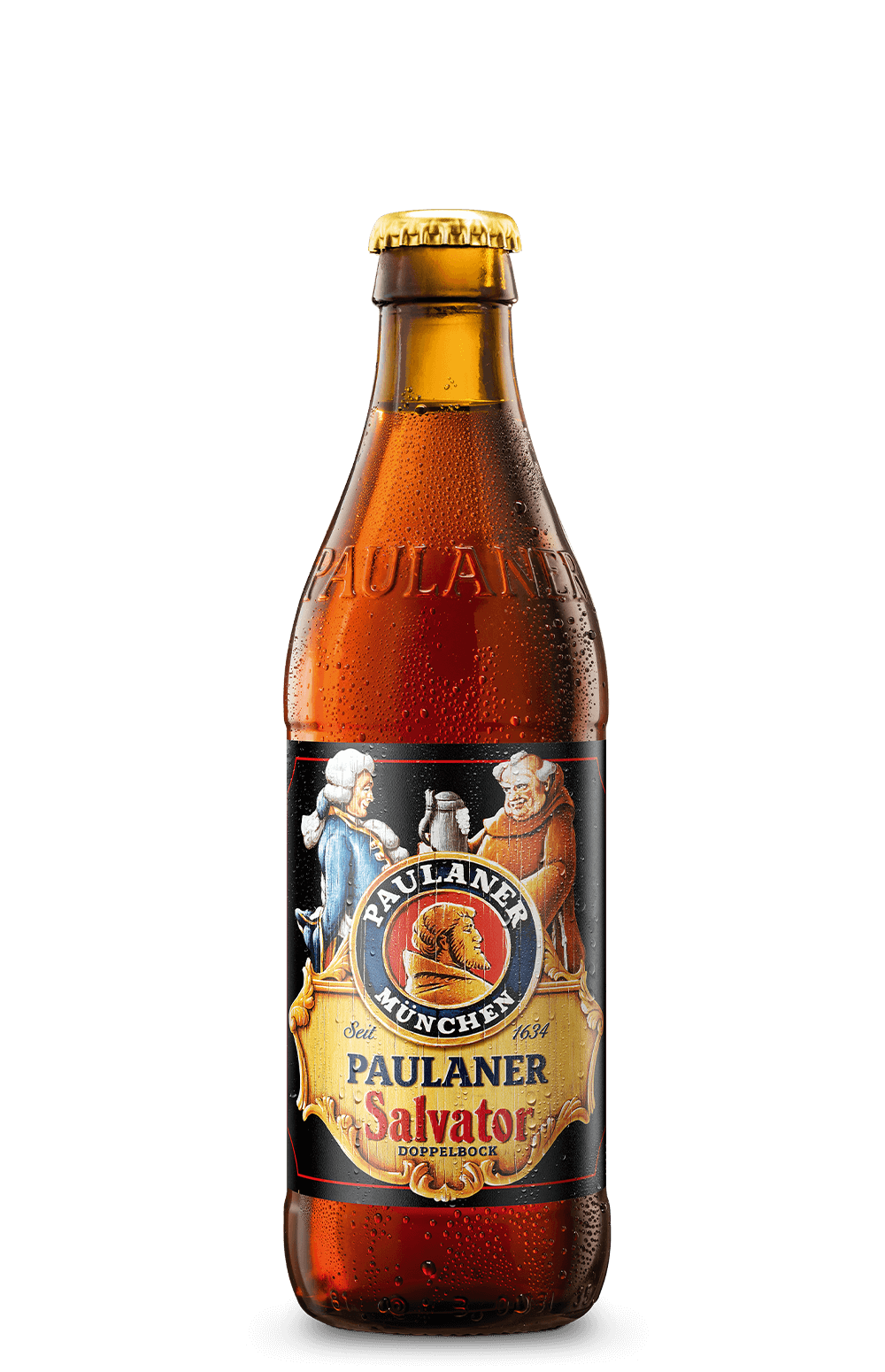Beer Style Guide: Get to Know Doppelbock with Em Sauter
Beer and religion nowadays seldom mix (except for occasionally when a brewery uses a defunct church to build a brewery) but hundreds of years ago the two were very intertwined. In the Middle Ages, church life was at its monastic zenith and large monasteries would include many functions besides the savings of souls like breweries, farms, etc. Beer was a staple for many people for lots of reasons: as a source of potable water if no water was found, for nutritional calories. These breweries within the monasteries would brew different styles of beers for pilgrims to kings. Enter the doppelbock and its unique history.
History of Doppelbock
Over 375 years ago, the doppelbock was invented by the St. Frances of Paula monastery, now brewed at the Paulaner brewery. The story goes that during the Lenten time of fasting, the monks decreed that God would never deprive them of beer and thus brewed a strong, fortifying and nutritional beer to help them through the 40 days from Ash Wednesday until Easter. They named this beer “Salvator” in honor of God. A few people have tried this diet in modern times as more of a gimmick than anything else and have actually said it’s a good way to lose weight (who knew) albeit a little dangerous if you have to drive.
Modern Doppelbock
Today doppelbock can take on many forms. It can be pale or dark but notably higher in ABV in the traditional maibocks or dunkles bocks (7-10% although traditional bocks/dunkles can be around 7.2%). Doppelbock or “double” bock is now not as thick and rich as its earlier namesakes but a drinkable malty delight and still usually sold during the Lenten season (and perfect for that March/April weather when you don’t know what you’re getting!).
The modern doppelbock is brewed with hefty amounts of pale malt that can also include base malts such as Vienna or Munich. The rich, malty notes that many have come from a mashing regimen known as decoction where the thickest part of the mash is pulled off and boiled for 15 minutes and returned to the mash kettle afterwards where it raises the temperature. This was done back in the day when temperature control and malt quality was not so good. It’s still done for tradition’s sake (Ayinger Celebrator is made with a decoction mash) but many people say it’s not really needed given the technology. Will the customer taste the difference?
Since doppelbocks can be pale to dark, their colors and aroma can vary widely. It’s a broad style that can accommodate a lot of flavors and aromas. Paler versions will lean more into the toasty notes while darker versions can have a lovely dark fruit quality. The focus on flavor and aroma comes wholly from the malt. Editor’s note: Eisbock is a freeze-distilled doppelbock.
Food Pairing
Doppelbock’s rich sweetness makes it an ideal pairing for rich meals like beef stew, roast beef or duck. It adds a lovely contrast to rich, salty foods. It’s also killer with any caramel dessert if you are obsessed with caramel (and who isn't?!). The beer kind of works like how crust adds a sweet breadiness to pies or tarts. Think of a dark doppelbock as the crust when finishing your meal with a bowl of chocolate mousse.
Beers to Try
Ayinger Celebrator
Ayinger’s Celebrator is always looked forward to when it hits the shelves. The tasty, very deep garnet beer comes with a goat figurine on a string that makes a handsome, makeshift Christmas ornament.
Troegs Troegenator
One of the only year-round doppelbocks brewed in America, Troegenator is a luxurious beer and at 8.2% ABV, makes a great after-dinner beer in front of a roaring fire, if possible.
Paulaner Salvator
Yes, you can still drink Salvator (although its flavor has changed due to modern technology, and malt advances) from Paulaner. It’s widely available in America and is delicious.




